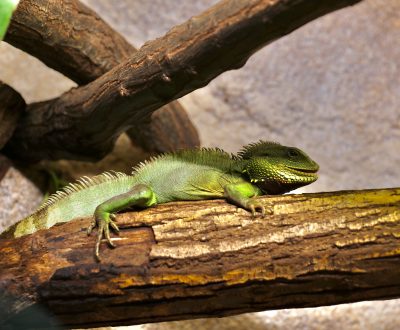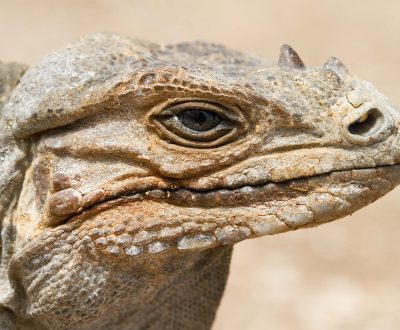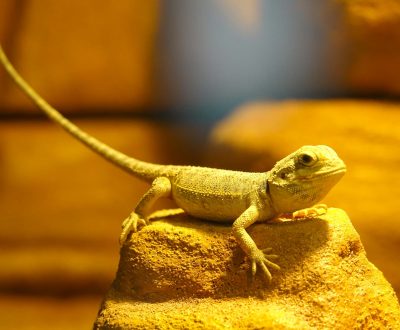General information on lizards
In general, lizards, which are too small to be truly scary, are related to “big lizards”: crocodilians! The term “alligator” comes from the Spanish word for lizard, “el lagarto”. Lizards rarely seem to play an important symbolic role, although they do in the culture of the Tarrotarro, an Australian Aboriginal group, for example. Dragons are undoubtedly the most closely related mythological creatures to lizards.
However, lizards do feature in myths: they are found on the pottery of the ancient Moche people of Peru who loved animal decorations and often painted lizards. In India, according to Maharashtra legend, a Bengal monitor was used for its scales to fortify the walls of Sinhagad Fort during the eponymous battle.
Lizards can reach an impressive size: the monitor lizard or the Komodo monitor, better known as the Komodo dragon, can grow to 3 metres!
The order Squamata (from the Latin “squama” or “scales”) includes lizards, geckos, iguanas, chameleons and snakes, all of which have one thing in common: they shed their skin!
What is a lizard?
Lizards are reptiles of the order Squamata. They have ears with a visible tympanum without an external ear canal, a body covered with scales and they all shed their skins.
The vast majority of lizards are oviparous, with females laying a variable number of eggs which are usually buried or camouflaged, but there are ovoviviparous species too. Most species ignore both their eggs and their young, which are self-sufficient when born. Newborns can even sometimes be prey for members of their own species.
At La Ferme, our largest lizard, the crocodile monitor, already measures 2.4 metres!















